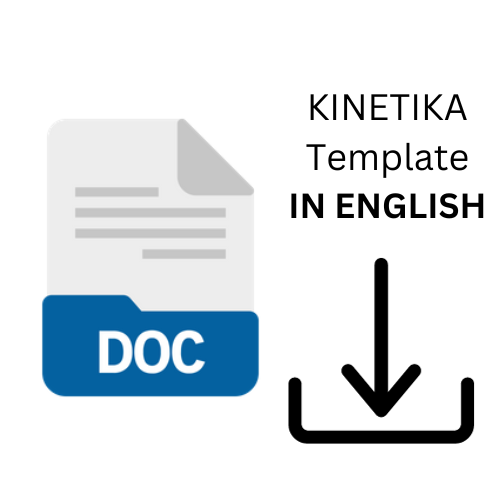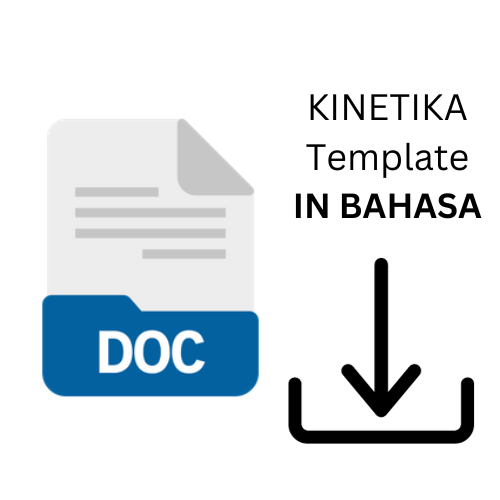PENGARUH JUMLAH KATALIS ALUMINA SILIKA PADA PROSES PEMBUATAN BAHAN BAKAR CAIR LIMBAH PLASTIK HDPE DAN LDPE
Abstract
As the world's population increases, consumption of plastic goods is increasing. Plastic waste, both from industry and households has increased sharply. The increase in the amount of plastic is due to the fact that plastic has many advantages compared to other materials. The increase in the amount of plastic waste will have a negative impact on the environment so that there is a need for handling to reduce the amount of plastic waste. Therefore, there is a need for handling to reduce the amount of plastic waste. One alternative to reducing the amount of plastic waste which is more profitable is converting plastic waste into liquid fuel. This can be done because basically plastic comes from petroleum, so it just needs to be returned to its original shape. In addition, plastic also has a high calorific value, equivalent to fossil fuels such as gasoline and diesel. This study conducted the processing of HDPE and LDPE plastic waste into liquid fuel using an Alumina Silica catalyst and the effect of the amount of catalyst based on raw materials at 480oC and 400oC was carried out. From the research results, it is known that the optimum catalyst obtained from research on HDPE raw materials is 15% catalyst with oil volume of 794.1 ml, density 787.19 kg/m3, flash point 29°C, viscosity 2.8101 mm2/s and % yield 29.20%. Meanwhile, from research on LDPE raw materials, namely 5% catalyst with oil volume of 240.64 ml, density 767.8 kg / m3, flash point 29°C, viscosity of 2.9651 mm2/s and % yield 12,03%Downloads
Published
2021-11-03
Issue
Section
Articles






